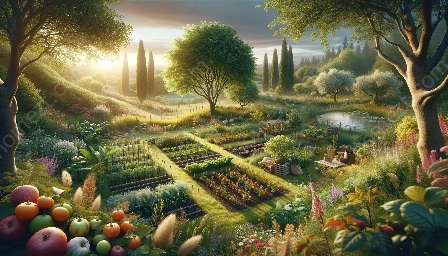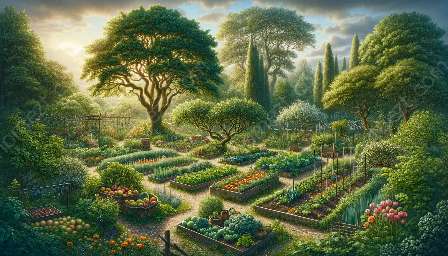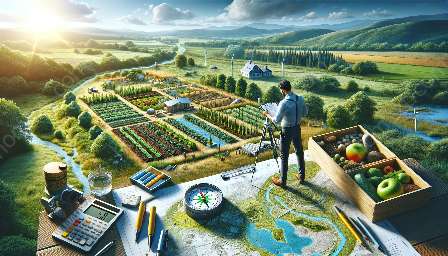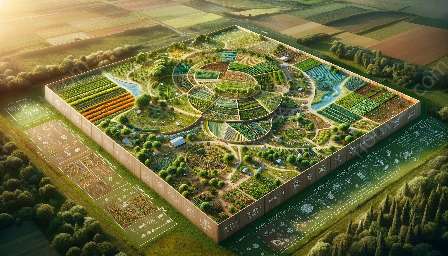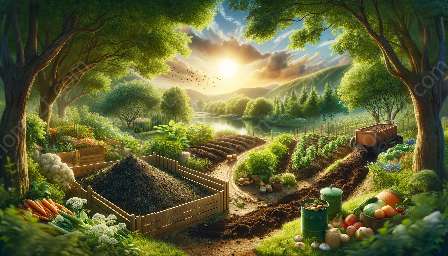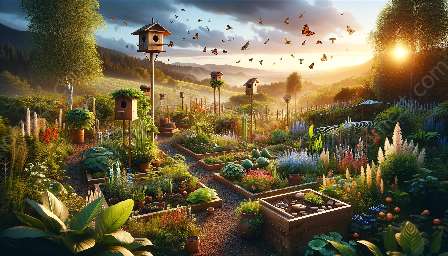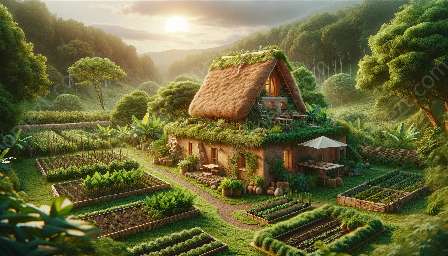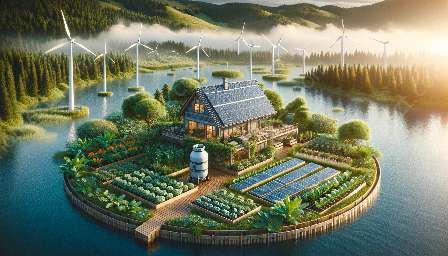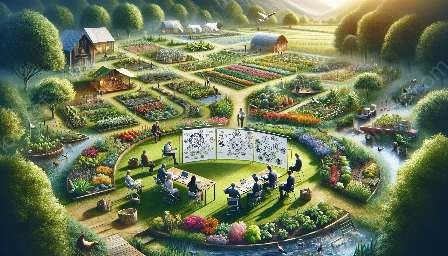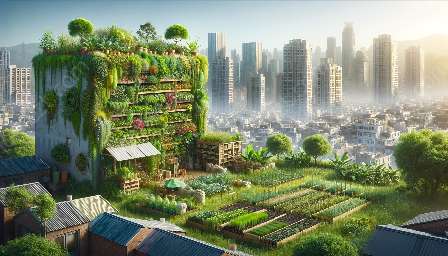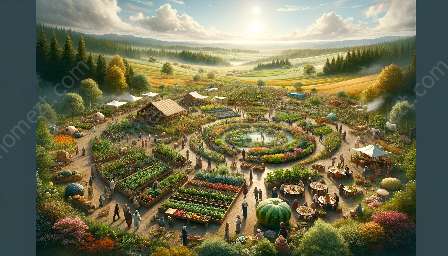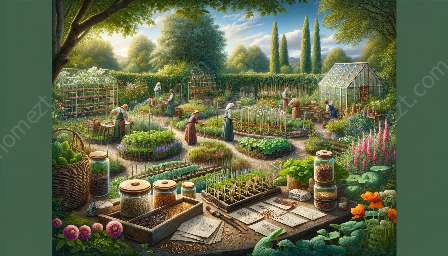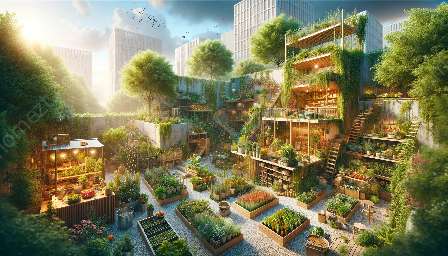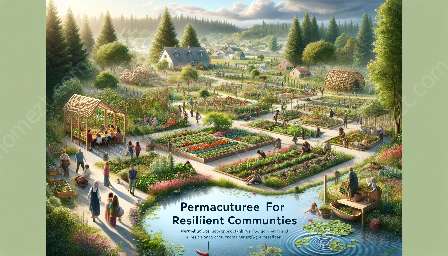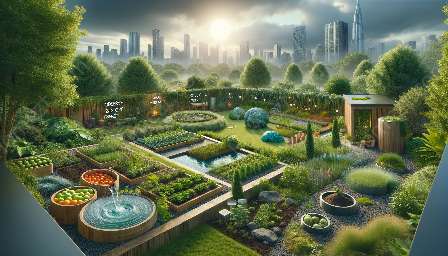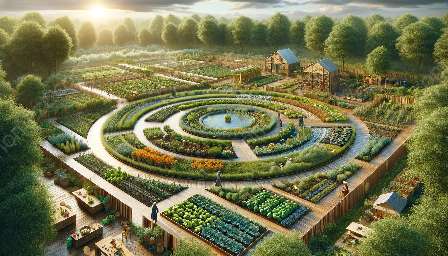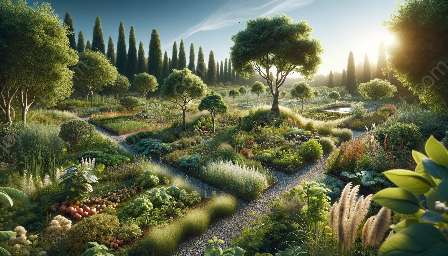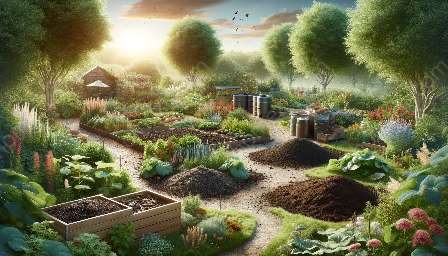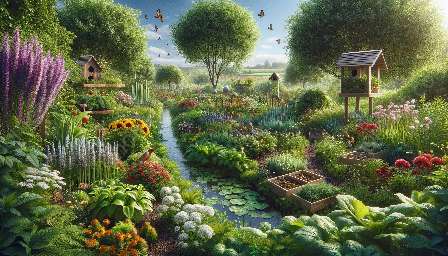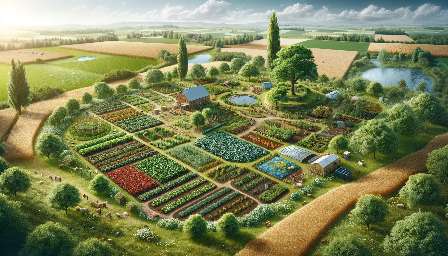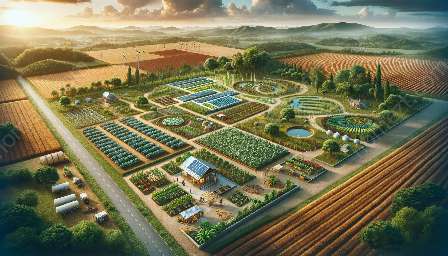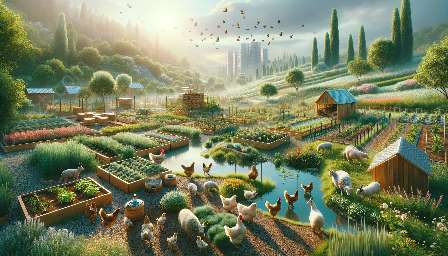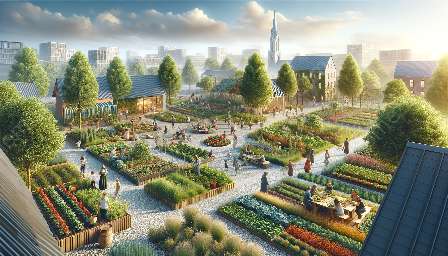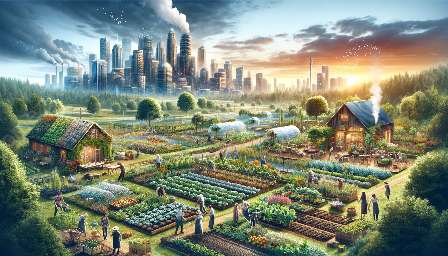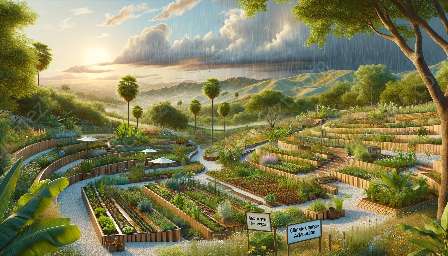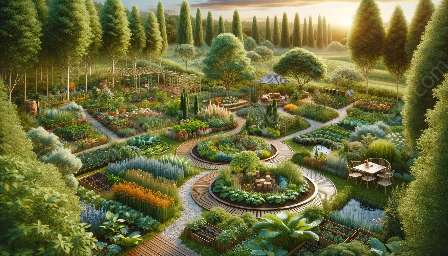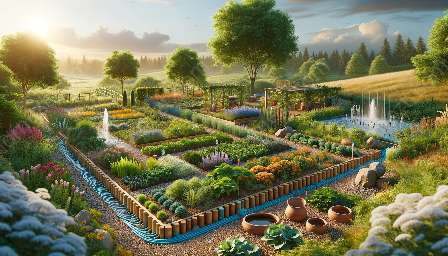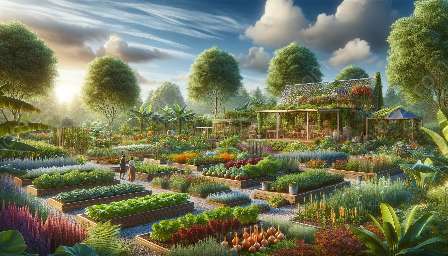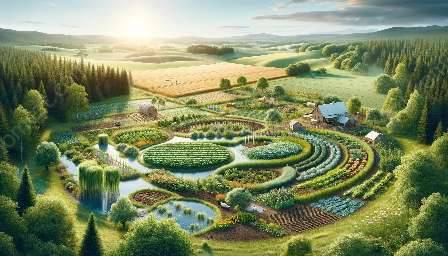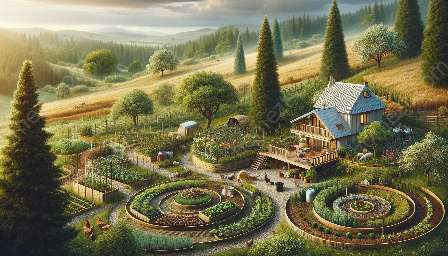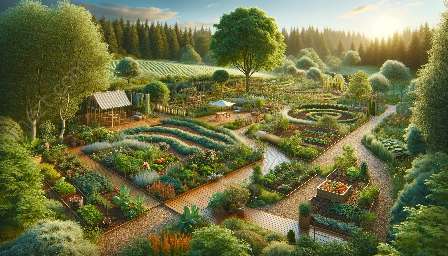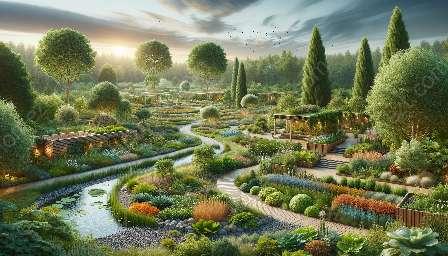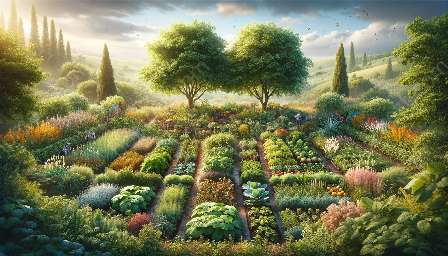Permaculture is a design system that integrates human activities with natural ecosystems to create sustainable and regenerative environments. While often associated with large-scale agriculture, permaculture principles can also be applied effectively in small spaces, such as urban gardens, small yards, and even balconies. This article explores how to adapt permaculture practices to small spaces, offering insights and practical tips for incorporating permaculture into small-scale gardening and landscaping projects. Whether you're a seasoned permaculturist looking to expand your knowledge or a beginner eager to explore sustainable gardening methods, this guide provides valuable information and actionable advice.
The Essence of Permaculture
Permaculture is rooted in the idea of mimicking natural ecosystems to create sustainable and productive systems. By observing and learning from nature, permaculturists seek to design human settlements and agricultural systems that function in harmony with the natural world. Key principles of permaculture include:
- Observation: Taking the time to observe natural patterns and processes before designing any systems
- Integration: Integrate plants, animals, and structures to create a supportive and self-sustaining environment
- Regeneration: Focus on regenerating the environment rather than depleting resources
- Diversity: Promote diversity in plantings and design elements to increase resilience and sustainability
Permaculture in Small Spaces
While permaculture is traditionally associated with large-scale, land-based agriculture, its principles can be scaled down to suit small spaces, such as urban gardens, backyards, and even indoor environments. The key to successful permaculture in small spaces lies in thoughtful design and creative use of resources. Here are some strategies for applying permaculture in limited areas:
1. Efficient Use of Space
Small spaces demand careful planning to make the most of every square inch. Vertical gardening, raised beds, and container gardening are all effective techniques for maximizing space and productivity in a limited area. Utilizing walls, fences, and other vertical surfaces for vertical plantings can significantly expand growing space, while raised beds provide better soil control and accessibility. Container gardening allows for flexibility and mobility, making it suitable for balconies, patios, and small yards.
2. Polycultures and Guilds
Embracing diversity in plantings is a fundamental aspect of permaculture. By creating polycultures and guilds, small-space gardeners can mimic the resilient and supportive nature of natural ecosystems. Combining complementary plant species, such as the three sisters (corn, beans, and squash), and incorporating support plants and beneficial insect-attracting flowers, can enhance overall productivity and reduce the reliance on external inputs.
3. Composting and Soil Health
Healthy soil is the foundation of successful permaculture practices. In small spaces, maintaining soil fertility and structure is crucial for sustained productivity. Implementing small-scale composting systems, utilizing vermiculture, and practicing no-dig gardening techniques can help build and maintain nutrient-rich soils. Additionally, incorporating perennial plants and groundcover to minimize soil disturbance and erosion is essential for long-term soil health.
4. Water Efficiency
Effective water management is a core aspect of permaculture. In small spaces, implementing water-efficient measures, such as rainwater harvesting, drip irrigation, and permeable paving, can optimize water use and reduce reliance on municipal sources. Designing water-retentive features, such as swales and small ponds, can help capture, store, and utilize water more effectively, contributing to the overall sustainability of the small-space ecosystem.
5. Designing for Wildlife
Creating habitat for beneficial wildlife, such as pollinators, birds, and beneficial insects, is a key element of permaculture. Even in small spaces, incorporating native plants, nesting structures, and water features can attract and support diverse wildlife, contributing to the resilience and balance of the ecosystem. By promoting biodiversity, small-space permaculturists can establish a more robust and self-regulating environment.
Integrating Permaculture with Gardening and Landscaping
Permaculture principles naturally align with the values of sustainable gardening and landscaping. By integrating permaculture into gardening and landscaping practices, individuals can create beautiful, productive, and ecologically vibrant spaces. Whether you're designing a small urban garden, a suburban homestead, or revitalizing a community green space, permaculture offers a wealth of techniques and philosophies to guide your efforts.
1. Sustainable Design
Applying permaculture design principles to small-scale gardening and landscaping projects can result in more sustainable and resilient outcomes. Utilizing site assessment, thoughtful placement of elements, and understanding microclimates, small-space designers can create efficient and regenerative spaces that require minimal inputs and maintenance.
2. Ecological Management
Embracing permaculture in gardening and landscaping entails working with ecological processes rather than against them. By fostering healthy soil, promoting biodiversity, and conserving water resources, small-space gardeners and landscapers can contribute to the overall health and vitality of the surrounding environment.
3. Community Engagement
Small-scale permaculture gardens and landscapes offer opportunities for community engagement and education. By inviting neighbors and local communities to participate in shared gardens, workshops, and educational events, small-space permaculturists can foster a sense of connection, empowerment, and resilience within their neighborhoods.
Conclusion
Permaculture in small spaces is not only possible but also incredibly rewarding. By embracing permaculture principles and adapting them to limited areas, individuals can create thriving and sustainable ecosystems that produce food, support biodiversity, and enhance the overall well-being of both people and the planet. Whether you're working with a balcony, a compact backyard, or a communal urban plot, permaculture offers a path towards resilient, regenerative, and beautiful landscapes from any scale.

